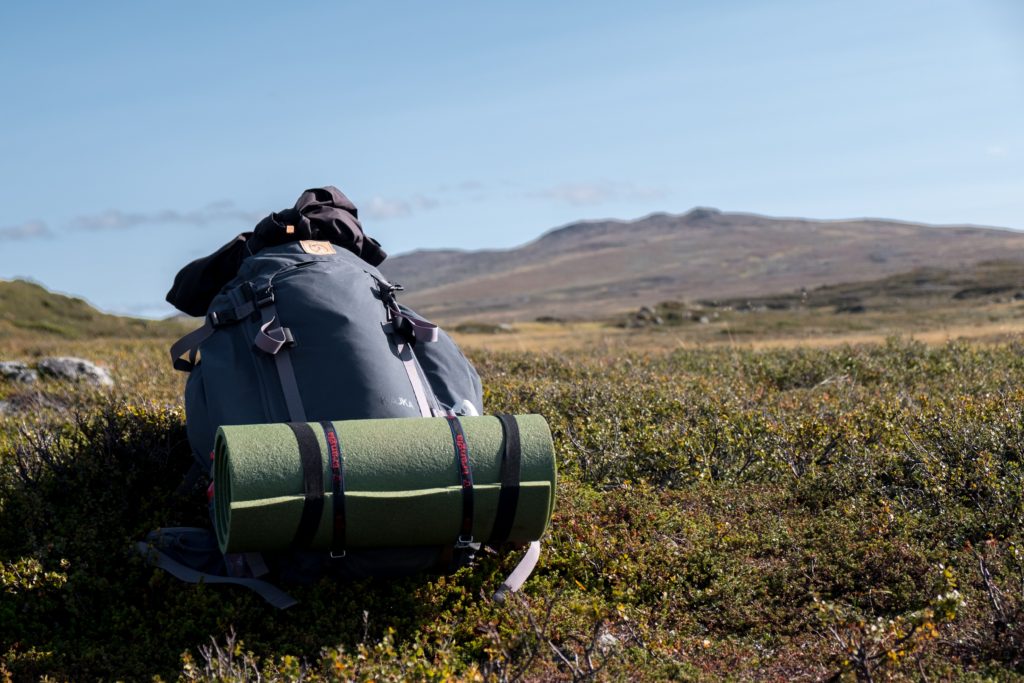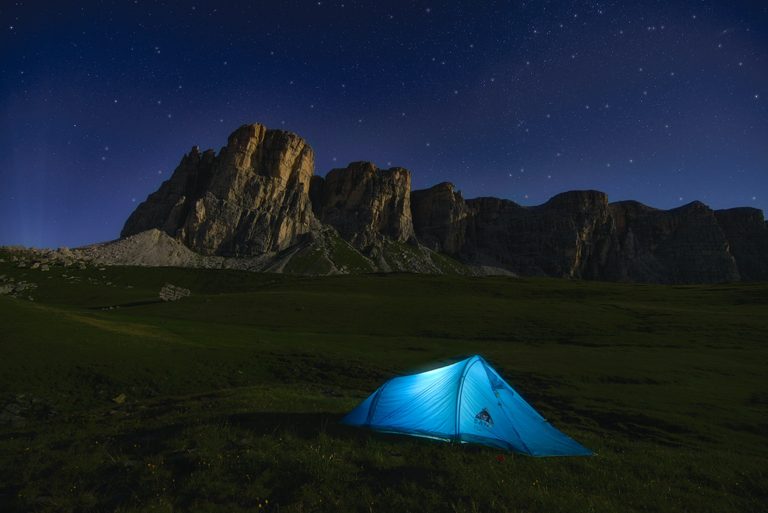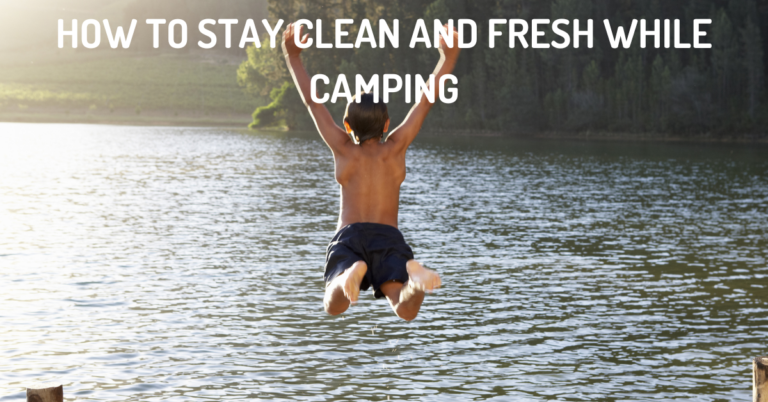If you’re an outdoor enthusiast, then winter camping is probably on your bucket list. But what if you’re not looking forward to spending the night in a tent that’s full of ice? Don’t worry—it doesn’t have to be this way! Here are seven tips to help you insulate your tent so that it will keep you warm and cozy during the coldest nights.
- Invest in a Four-Season Tent
- Choose the Right Sleeping Bag
- Bring Extra Blankets
- Tent Heaters for Winter Camping
- Use a Camping Mat or Foam Pad
- Use a Sleeping Bag Liner
- Use a tent footprint
Can you Winter Camp in a Regular Tent?
Yes, it is possible to winter camp in a regular tent, but it can be challenging and maybe even fatal depending on how severe the call is. It also requires proper planning and preparation. A regular tent is not designed for winter camping and may not have the insulation and strength needed to withstand cold temperatures and snowy conditions.
It’s important to be aware of the risks associated with winter camping and be prepared for the possibility of extreme weather conditions, including freezing temperatures and heavy snowfall. It’s important to be aware of the forecast and to have a plan in case of emergency.
Investing in a Four-Season Tent

Investing in a four-season tent for winter camping can be a great choice for anyone looking for a sturdy, comfortable shelter. Four-season tents are designed to withstand even heavy snow and strong winds that can accompany wintry weather. Not only are they usually made with sturdier poles and thicker walls than regular tents, but they also tend to be highly insulated, protecting campers from the cold temperatures. Furthermore, these tents generally come with more robust rainflys and vestibules, which help protect against the wind and snow. Ventilation options are often increased, too, which prevents condensation and keeps the inside of the tent dry. Four-season tents are usually larger than regular tents as well, providing more headspace and storage room during longer winter camps.
If you are out looking for a tent, make sure to check out our article on The 7 Best Waterproof Tents of 2022-2023 to make sure you get the best tent out there.
Choose the Right Sleeping Bag
When it comes to winter camping, having the right sleeping bag is essential for keeping warm throughout the night. Look for bags rated for temperatures below freezing and made with synthetic or down insulation materials, as these will provide maximum warmth without being too bulky or heavy. It’s also important to invest in a good insulated sleeping pad—this will act as an extra layer of insulation between you and the cold ground. The sleeping pad will also prevent any backaches from coming up and ruining your trip.
Bring Extra Blankets
In addition to your sleeping bag, bring along a few extra blankets just in case you need some extra warmth during the night. Fleece blankets are lightweight yet warm, making them great for winter camping trips where space is limited. You can also opt for wool blankets, which offer superior insulation but weigh more than fleece blankets.
Tent Heaters for Winter Camping
Tent heaters can be a great way to make winter camping more comfortable and cozy, but it is important to use caution when doing so. First, make sure that the space heater is designed for outdoor use and is rated for the type of fuel you plan to use. Additionally, always read and follow the manufacturer’s instructions and safety guidelines before using a space heater. It is essential to ensure proper ventilation when using a tent heater in order to prevent dangerous levels of carbon monoxide from building up in the tent. As always, with any source of heat, always make sure that flammable materials are kept away from the space heater and never leave it unattended. It is also important to keep in mind that you should never use a space heater inside a tent for an extended period, as this could lead to overheating or even fire hazards. If used correctly, a space heater in a tent can provide needed warmth during cold camping trips!
Use a Camping Mat or Foam Pad

Camping mats and foam pads are a must-have when camping, especially during chilly winter temperatures. Not only do camping mats provide extra insulation to keep you warm, they also make for a much more comfortable sleeping surface when camping on hard or uneven ground. Furthermore, camping mats and foam pads offer protection for your sleeping bag and tent floor from wear and tear. Despite all their benefits, camping mats and foam pads don’t take up too much space as they are lightweight and easy to pack. When shopping for camping mats, look for one designed for colder temperatures with an R-value of at least 3 or higher. And last but not least, opt for camping mat that is waterproof in case of any moisture buildup!
Using a Sleeping Bag Liner
Using a sleeping bag liner can provide a couple benefits when winter camping. It can add an extra layer of insulation, increasing the warmth of your sleeping bag. It can also protect your sleeping bag from dirt and moisture, prolonging its lifespan. On top of which, a liner can provide a barrier between your skin and the sleeping bag, reducing the amount of oils and sweat absorbed by the bag. It is important to note that a liner alone may not be sufficient for freezing temperatures, and it is always best to check the temperature rating of the liner and your sleeping bag before heading out on a winter camping trip.
Using a Tent Footprint
A tent footprint is a groundsheet that is placed underneath the tent to protect the tent floor from abrasion and moisture. In winter camping, a tent footprint can help to insulate the tent floor from the cold ground, which can help to keep the interior of the tent warmer. Also, using a tent footprint can help to keep snow and ice from building up under the tent, which can make it more difficult to set up and take down the tent. Using a footprint is also an important way to preserve the life of your tent as well as keeping the inside clean. It is important to note that a footprint alone may not be sufficient for freezing temperatures, and it is always best to check the temperature rating of the tent and the footprint before heading out camping in the cold weather
Wrapping Up
With the tips for how to insulate a tent for winter camping, you’ll be warmer and more comfortable no matter where you’re headed on your next adventure. Options like investing in a four-season tent, choosing the right sleeping bag, and bringing extra blankets will make sure you stay as warm and safe as possible during cold weather camping trips. Don’t forget about mattress options like sleeping bag liners, foam pads or campsite mats. Lastly, setting up a tent footprint can help keep moisture and cold ground away from your tent base. There are plenty of strategies to keep you warmer when it comes to winter camping in a tent. All that’s left is to plan your trip with confidence and lay your head down at night knowing that you’re doing everything possible to stay warm throughout the night. So what was your favorite tip?




